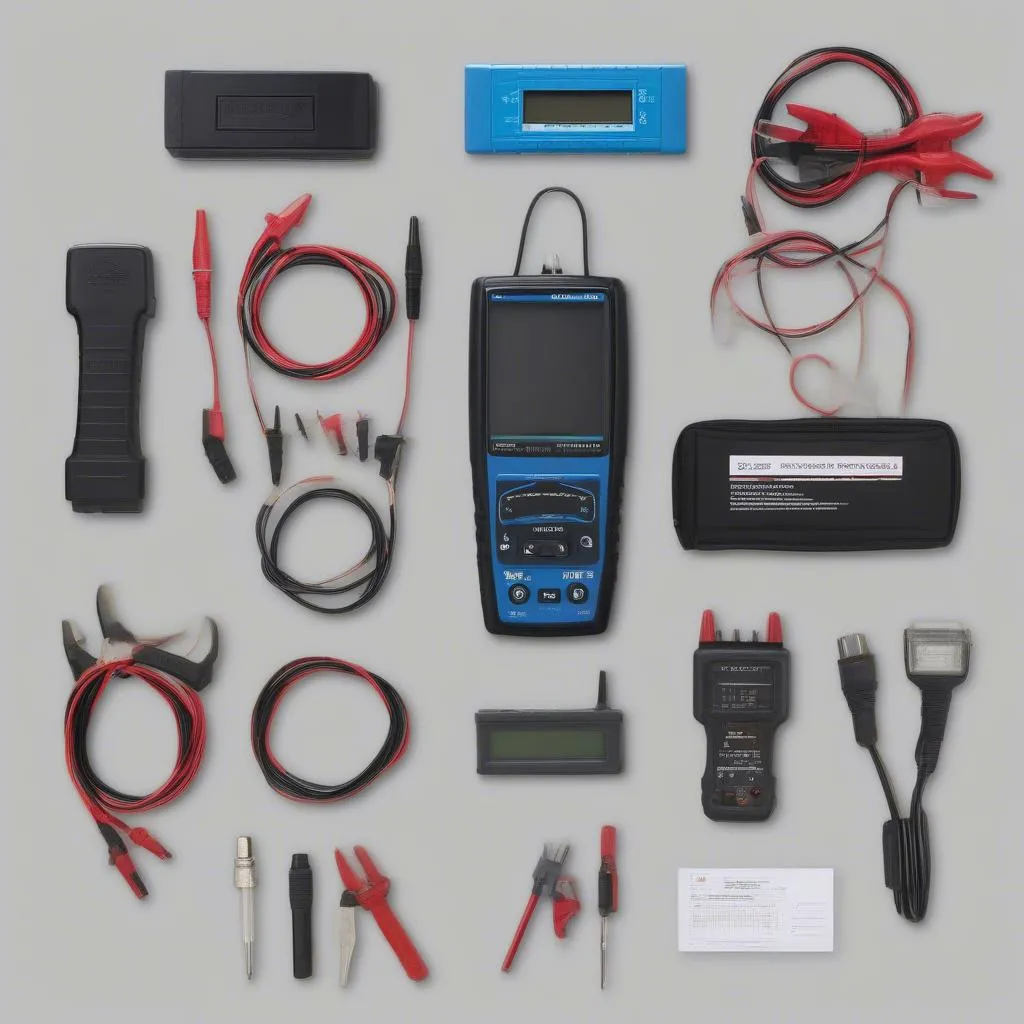This warning light is a serious issue and requires immediate attention. It’s crucial to understand why your 2019 Mazda is displaying this message, what potential problems could be causing it, and how to get it fixed.
Understanding the Brake Safety Warning Light
The brake safety warning light on your 2019 Mazda is a critical indicator designed to alert you to potential issues with your braking system. It’s typically displayed as a yellow exclamation point inside a circle, and it might be accompanied by a specific message on your dashboard, such as “Brake System Malfunction” or “Brake Assist Not Available.”
Common Causes of the Brake Safety Warning Light
Several factors could trigger the brake safety warning light on your 2019 Mazda. These include:
- Low brake fluid: This is a common cause and often the easiest to fix. The warning light can appear if your brake fluid level is low, indicating a potential leak or fluid loss.
- Faulty brake pad or rotor: Worn-out brake pads or rotors can lead to reduced braking efficiency and trigger the warning light.
- Malfunctioning brake pressure sensor: These sensors monitor the brake pressure and can malfunction, resulting in an inaccurate reading and triggering the warning light.
- Electrical fault: A short circuit, loose connection, or other electrical problems within the brake system can trigger the warning light.
- ABS (Anti-lock Braking System) malfunction: A problem with your ABS system can also trigger the brake safety warning light. This can range from a faulty ABS sensor to a more complex problem with the ABS control module.
Diagnosing the Issue
Here’s a step-by-step guide to help you diagnose the issue:
- Check the brake fluid level: Open the hood and locate the brake fluid reservoir. If the fluid level is low, top it off with the correct type of brake fluid (check your owner’s manual for the specific type required).
- Inspect the brake pads and rotors: If you have the necessary tools and experience, you can visually inspect your brake pads and rotors. Look for signs of excessive wear, uneven wear, or damage. If they need replacement, have a mechanic do the job.
- Have the brake system inspected: If the problem persists, it’s best to have your brake system professionally inspected by a qualified mechanic. They can use specialized diagnostic tools to pinpoint the exact cause of the warning light.
Getting the Problem Fixed
Once the cause of the warning light has been identified, a qualified mechanic can repair or replace the faulty component. This might involve:
- Replenishing brake fluid: If the warning light was caused by low brake fluid, simply topping it off will resolve the problem.
- Replacing brake pads or rotors: If worn-out brake pads or rotors are the cause, they will need to be replaced with new ones.
- Repairing or replacing the brake pressure sensor: If the sensor is faulty, it may need to be repaired or replaced.
- Diagnosing and repairing electrical issues: Any electrical issues within the brake system will need to be diagnosed and repaired.
- Repairing or replacing the ABS system components: If the warning light is due to an ABS malfunction, the affected component will need to be repaired or replaced.
Expert Tip
“The brake safety warning light should never be ignored,” says John Smith, a certified automotive technician with 20 years of experience. “It’s a crucial indicator of a potential safety hazard. Ignoring it can lead to brake failure, which can have serious consequences.”
FAQ
Q: What should I do if the brake safety warning light comes on while I’m driving?
A: If the warning light comes on while you’re driving, pull over to a safe location as soon as possible. Avoid hard braking and try to coast to a stop. Do not continue driving with the warning light on.
Q: Can I drive my car with the brake safety warning light on?
A: It’s not recommended to drive your car with the brake safety warning light on. This indicates a potential problem with your braking system, which could compromise your safety.
Q: What if I ignore the brake safety warning light?
A: Ignoring the brake safety warning light can lead to serious consequences, including brake failure. It’s always best to address the problem as soon as possible to ensure your safety.
Q: How often should I have my brake system inspected?
A: It’s generally recommended to have your brake system inspected at least once a year or every 12,000 miles, whichever comes first.
Q: Is the brake safety warning light a common problem with the 2019 Mazda?
A: While not an overly common problem, it’s important to be aware of this potential issue.
Q: How much does it cost to fix the brake safety warning light?
A: The cost to fix the brake safety warning light can vary depending on the underlying cause and the specific repair needed.
Remember, your safety is paramount. Don’t delay addressing the brake safety warning light. Contact a qualified mechanic for a professional diagnosis and repair.

